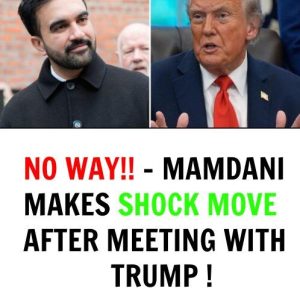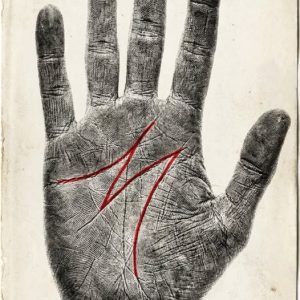Former President Donald Trump recently reignited debate by announcing a sweeping economic proposal on Truth Social: a $2,000 “tariff dividend” for most Americans, funded entirely by revenue from import tariffs. According to Trump, the payments would exclude high-income earners and represent a way to “return America’s wealth to the American people.” He framed it as a bold populist move — leveraging trade policy not just for protection, but to reward everyday citizens.
On the surface, his argument is straightforward: impose steep tariffs on imports, collect billions in duty revenues, and redistribute that money as direct payments to U.S. households. Trump also claimed that any leftover revenue would go to pay down the national debt — a framing that links this proposal to both economic populism and fiscal responsibility. For his base, the idea resonates: it’s being praised as a “patriotic economic” strategy, one that reclaims wealth from foreign exporters and gives it back to the American people.
But policy experts and budget analysts have been highly skeptical of its feasibility. According to a Yale Budget Lab analysis, the cost of distributing $2,000 to a broad swath of Americans could reach $450 billion, potentially exceeding projected tariff revenue. PolitiFact similarly noted that under reasonable assumptions — for instance, paying the dividend to adults earning under $100,000 — the cost might hit nearly $300 billion, which could outpace current net tariff revenue. Some analysts warn that if the payments are extended to children, the shortfall could be even larger.
There is also uncertainty over exactly how the payments would be delivered. Treasury Secretary Scott Bessent has said he hadn’t discussed a direct check with Trump; instead, he floated that the “dividend” might take the form of tax cuts already proposed in Trump’s agenda, such as eliminating taxes on overtime, tips, or Social Security.That approach, if used, would sidestep some of the budgetary math needed for cash payouts — but it also raises questions about whether people would actually receive a $2,000 “payment” in hand.
Critics argue that the plan could backfire economically. Many economists worry that tariffs don’t just affect foreign exporters: the increased cost of imports is often passed on to U.S. consumers, meaning Americans could end up paying the “tariff tax” themselves. In addition, broadly distributing $2,000 while maintaining high tariffs could inject extra demand into the economy and amplify inflationary pressure — especially if consumer goods become more expensive.
Finally, there are serious legal and political hurdles. For one, Congress would likely need to pass legislation to authorize such payments — something that is far from guaranteed. More fundamentally, Trump’s tariff authority is being challenged in the Supreme Court, and if the Court rules against his use of emergency powers to impose broad tariffs, the whole dividend program could unravel.



